Immersive Kiosks
Take your business to the next level with MetroClick’s immersive kiosk solutions. Our touch screen kiosks are designed with the latest technology to provide your customers with an interactive and engaging experience.
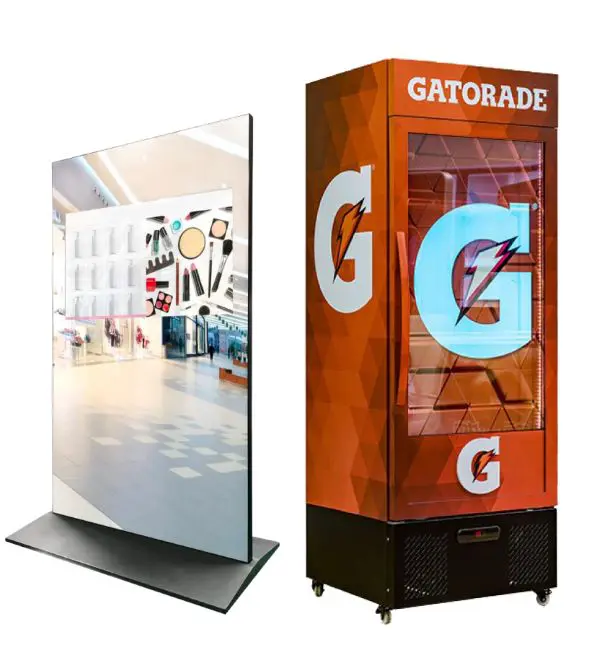
Trusted by industry leaders to power better customer experiences
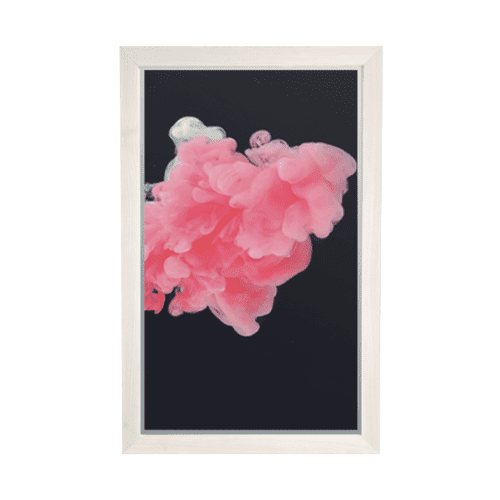
Digital Mirrors

Video Walls
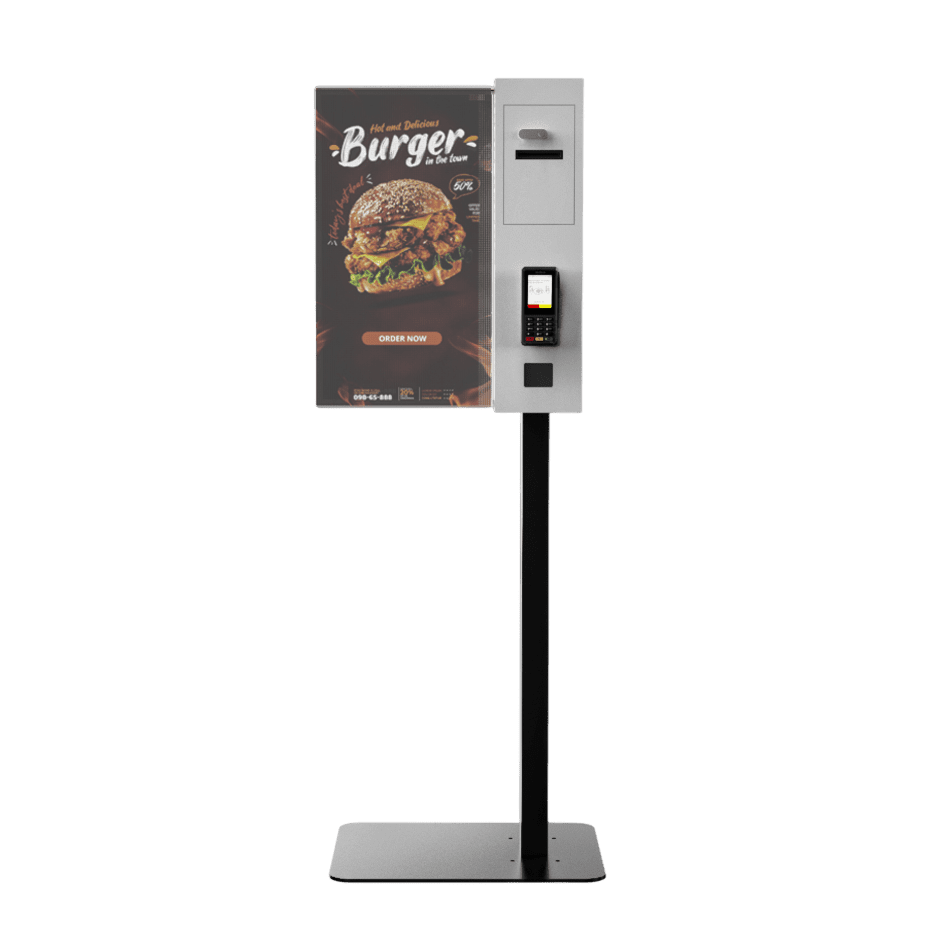
Transparent Screens

LED Walls
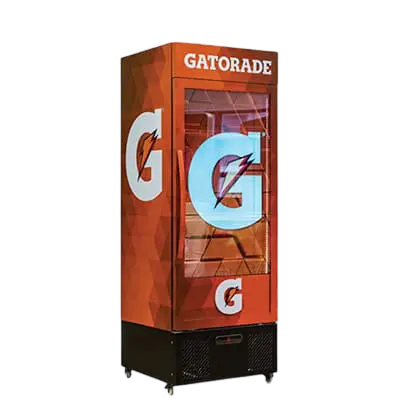
Digital Coolers
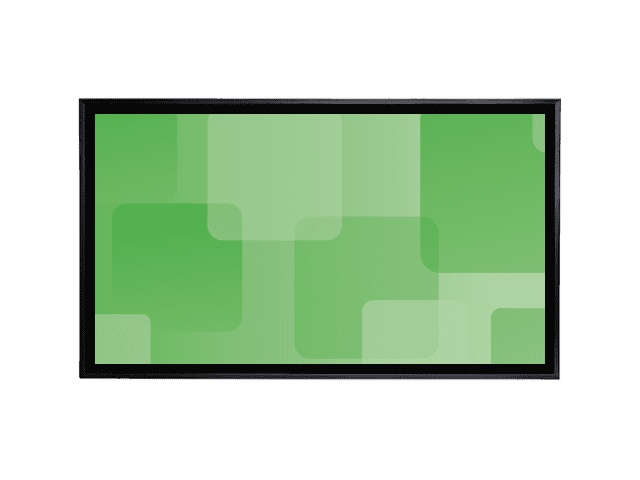
Lockers
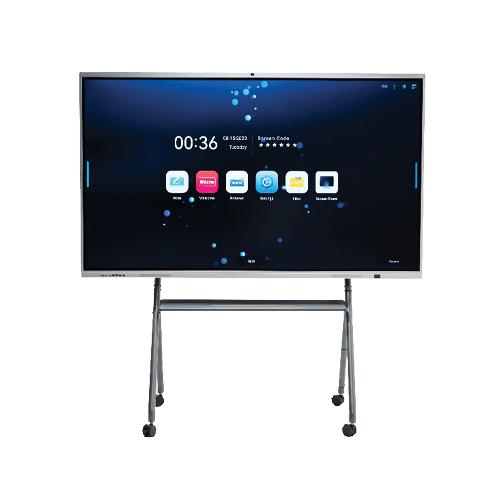
Whiteboards
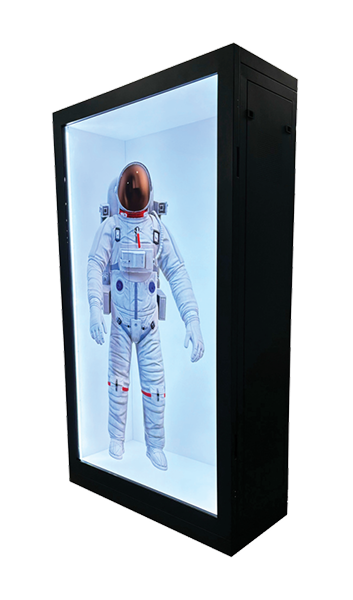
3D Lightbox
Discover the versatility built into each product
Built for Every Environment
Trust in ruggedized, rated, reliable and robust devices of all shapes and sizes that perform flawlessly indoors or out.
Engage and Inform
Guide users through effortless, self-driven, interactive experiences or stream advertisements and promotions 24/7 on optically bonded, enhanced viewing touch screens.
Modular in Design
Easily configure, connect and scale devices to suit different locations, functions and use cases, while streamlining maintenance, serviceability and operational expenses.
Unapologetically Authentic
Fit any space with aesthetics and branding that drives emotional resonance and authentic connections to your true brand.
Industry applications for Immersive Kiosks
Sports Arenas
Guide fans from parking to seats
Interactive paths that simplify navigation and amplify sponsor engagement
Healthcare Facilities
Simplify complex patient journeys
Real-time wayfinding that adapts to emergencies and staffing changes
Retail Spaces
Convert browsers to buyers
Shelf-edge experiences that bridge digital browsing and physical products
MetroClick Manager
Sync every screen, everywhere
Our hybrid CMS and DXP platform that seamlessly connects your digital experiences. Easily deliver omnichannel content using intuitive editing tools and templates to craft engaging customer interactions.
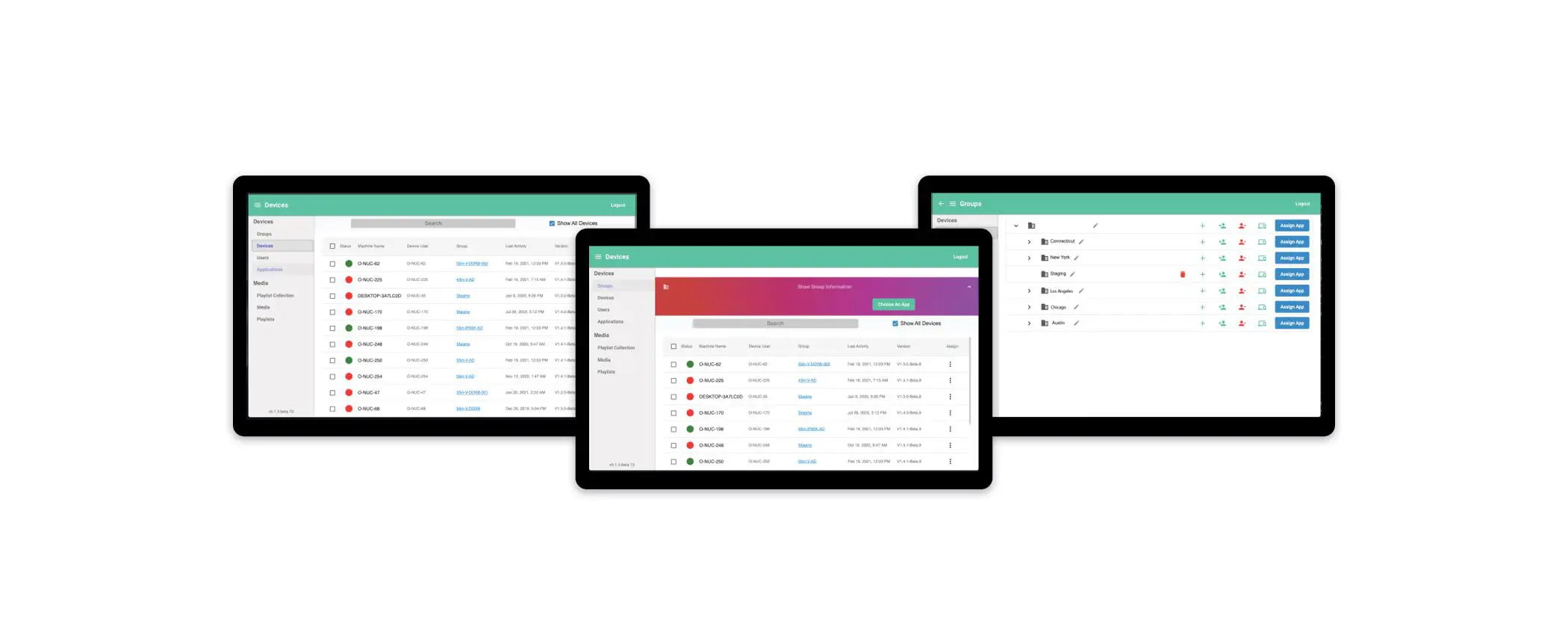
Other hardware options
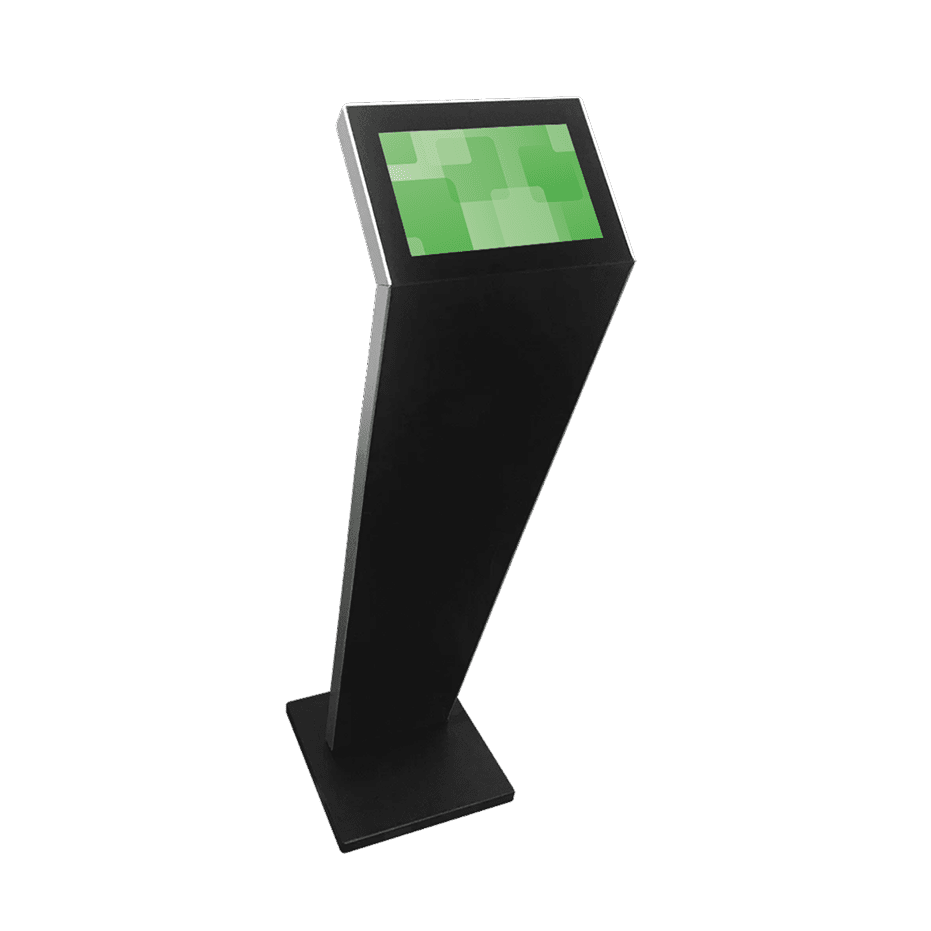
Small Format Kiosks
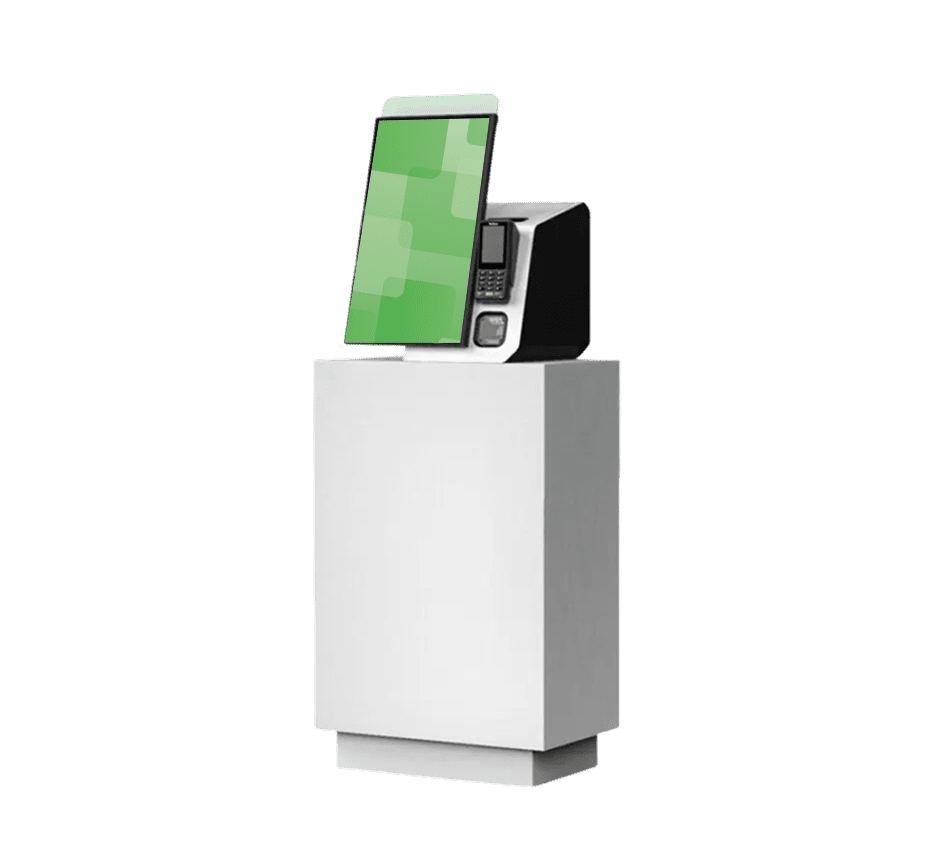
Transactional Kiosks
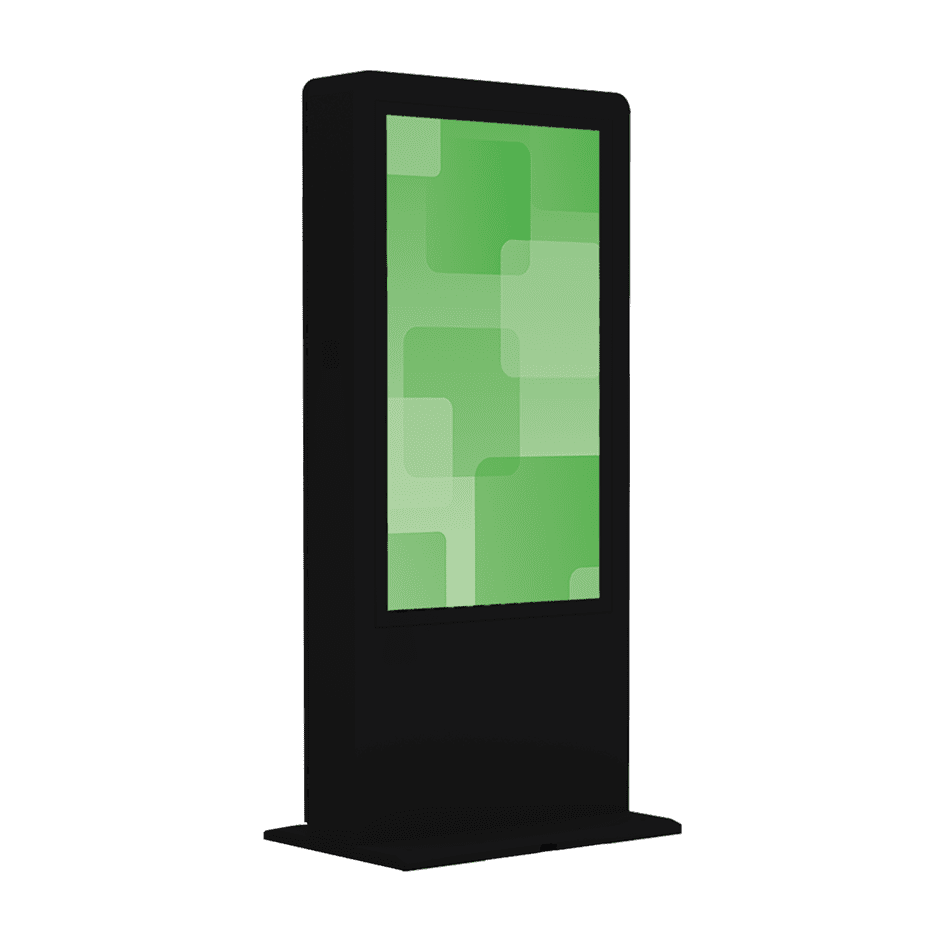
Large Format Kiosks
More Information
Understanding Immersive Kiosk Technology
Immersive kiosks represent the evolution of traditional self-service technology, transforming passive interactions into engaging experiences that captivate users through multiple sensory channels. Digital solutions provider MetroClick’s immersive kiosk solutions combine advanced display technologies, interactive interfaces, and environmental design elements to create memorable brand experiences that drive engagement and conversion. These sophisticated systems go beyond simple touch interactions, incorporating gesture recognition, proximity sensors, and adaptive content delivery to create truly responsive environments.
The distinction between standard kiosks and immersive installations lies in their ability to create complete experiential environments. While traditional kiosks serve functional purposes, immersive systems envelop users in branded experiences that forge emotional connections and lasting impressions. This transformative approach particularly benefits industries where customer experience directly impacts brand perception and purchasing decisions.
Applications of Immersive Kiosk Systems
Retail Environment Transformation
Retail spaces leverage immersive kiosks to create discovery zones where customers explore products through interactive demonstrations and virtual try-on experiences. Fashion retailers utilize full-length mirror displays, enabling virtual clothing trials, while cosmetics brands deploy augmented reality stations for makeup visualization. These installations reduce return rates by helping customers make confident purchasing decisions while gathering valuable preference data.
The integration of immersive kiosks and digital signage systems within retail environments extends beyond individual product interactions. Store-wide networks of connected displays create cohesive brand narratives guiding customers through curated journeys. Dynamic content responds to traffic patterns, time of day, and inventory levels, ensuring relevant messaging reaches customers at optimal moments. Retailers report increased dwell times and higher transaction values when immersive experiences complement traditional shopping methods.
Entertainment and Hospitality Experiences
Entertainment venues utilize immersive kiosks to enhance guest experiences before, during, and after main events. Sports arenas deploy interactive walls displaying real-time statistics, player information, and social media feeds, creating engaging gathering spaces for fans. Concert venues implement sound-reactive displays responding to music, extending performances beyond the stage. These installations transform waiting areas into entertainment destinations, improving overall satisfaction ratings.
Hotels and resorts integrate immersive kiosks throughout properties, from lobby installations showcasing local attractions to poolside displays offering activity booking and dining reservations. Interactive concierge systems provide personalized recommendations based on guest preferences and previous interactions. The hospitality industry particularly values immersive technology’s ability to deliver consistent, high-quality service experiences while reducing staff workload during peak periods.
Technical Components of Immersive Installations
Advanced Display Technologies
Immersive kiosk implementations utilize various display technologies selected for specific environmental and experiential requirements. OLED displays deliver exceptional contrast and viewing angles for close-proximity interactions. LED walls create seamless large-format canvases visible from extended distances. Projection mapping transforms architectural surfaces into dynamic displays without permanent installation requirements. Each technology offers distinct advantages matched to particular use cases through careful consultation.
Transparent display technologies enable particularly striking installations where digital content appears to float within physical spaces. These implementations work exceptionally well in retail environments where maintaining sight lines remains essential. Holographic displays create three-dimensional visualizations without requiring special viewing equipment, ideal for product demonstrations and wayfinding applications. The selection process considers factors including ambient lighting, viewing distances, and desired visual impact.
Sensor Integration and Interactivity
Modern immersive kiosks incorporate multiple sensor types, creating responsive environments that adapt to user presence and behavior. Proximity sensors trigger content changes as users approach, drawing attention through movement and personalized messaging. Depth cameras enable gesture control, allowing touchless interactions increasingly valued in public spaces. Environmental sensors adjust display brightness and audio levels based on ambient conditions.
Biometric sensors add personalization capabilities while maintaining privacy compliance. Anonymous demographic analysis helps tailor content to approaching users without storing personal information. Heat mapping technology tracks interaction patterns, identifying popular features and potential usability improvements. This sensor data feeds continuous optimization processes, ensuring installations remain engaging and practical throughout their deployment lifecycle.
Content Strategy for Immersive Experiences
Dynamic Content Development
Successful immersive kiosk deployments require content strategies balancing visual impact with clear communication objectives. Motion graphics and animations capture attention while conveying complex information through visual storytelling. Interactive elements must feel intuitive and rewarding, encouraging exploration without overwhelming users. Content pacing considers typical interaction durations, delivering key messages quickly while providing deeper engagement opportunities for interested users.
Modular content architectures enable easy updates and seasonal variations without complete redesigns. Template systems maintain brand consistency while allowing location-specific customization. Real-time data integration keeps content fresh and relevant, whether displaying social media feeds, weather information, or inventory levels. This dynamic approach ensures installations remain engaging long after initial deployment, maximizing return on investment.
Multi-Sensory Experience Design
Immersive kiosks engage multiple senses, creating memorable experiences that traditional displays cannot match. Spatial audio systems direct sound precisely, creating private listening zones or attracting attention from specific directions. Haptic feedback through advanced touch surfaces provides tactile confirmation of interactions. Some installations incorporate scent dispensers or climate control elements, though these require careful implementation to avoid overwhelming users.
The orchestration of sensory elements requires sophisticated control systems ensuring synchronized experiences. Lighting effects coordinate with on-screen content, extending visual impact beyond display boundaries. Audio levels automatically adjust, preventing noise pollution while maintaining engagement. These multi-sensory approaches prove particularly effective in creating brand experiences that users remember and share, amplifying marketing impact through word-of-mouth recommendations.
Implementation and Deployment Considerations
Site Assessment and Planning
Successful immersive kiosk installations begin with comprehensive site assessments evaluating technical requirements and experiential opportunities. Traffic flow analysis identifies optimal placement for maximum exposure without creating congestion. Infrastructure evaluation ensures adequate power, networking, and structural support for planned installations. Environmental factors, including lighting, acoustics, and climate, receive careful consideration during planning phases.
Stakeholder involvement throughout planning processes ensures installations meet diverse organizational needs. Operations teams provide insights into maintenance requirements and potential challenges. Marketing departments contribute brand guidelines and campaign integration strategies. IT personnel ensure security compliance and network compatibility. This collaborative approach produces installations that succeed both technically and strategically.
Performance Measurement and Optimization
Immersive kiosk deployments generate extensive analytics, cs enabling continuous performance optimization. Interaction metrics track user engagement patterns, popular features, and conversion rates. Content performance data identifies effective messaging and areas requiring improvement. Technical monitoring ensures optimal system performance, flagging potential issues before they impact user experiences.
Advanced analytics platforms correlate kiosk interactions with broader business metrics, demonstrating return on investment through increased sales, improved customer satisfaction scores, or reduced operational costs. A/B testing capabilities enable systematic content optimization based on actual user behavior rather than assumptions. These data-driven approaches ensure immersive kiosk investments deliver measurable business value while continuously improving user experiences.
MetroClick’s immersive kiosk solutions represent strategic investments in customer experience innovation. By combining cutting-edge technology with thoughtful design and robust analytics, these installations create lasting impressions that drive business results. Contact our experienced design specialists to explore how immersive kiosks can transform your customer engagement strategies and create competitive advantages in your market.
















